Home>diy>Building & Construction>How Has Technology Made The Construction Industry More Efficient?
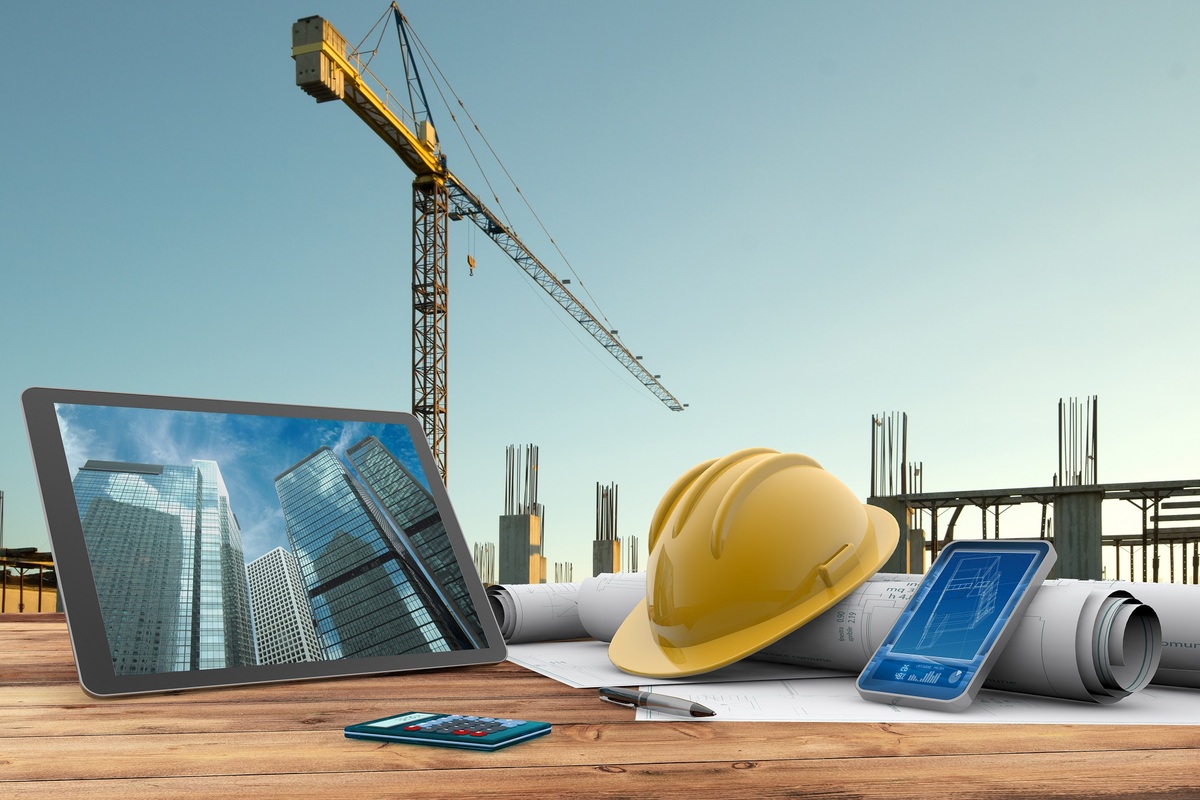

Building & Construction
How Has Technology Made The Construction Industry More Efficient?
Modified: December 7, 2023
Discover how technology has revolutionized the building construction sector, making it more efficient than ever before. Explore the benefits and advancements that have transformed the industry.
(Many of the links in this article redirect to a specific reviewed product. Your purchase of these products through affiliate links helps to generate commission for Storables.com, at no extra cost. Learn more)
Introduction
Technology has revolutionized every industry, and the construction sector is no exception. From automated machinery to digital collaboration tools, technological advancements have made construction processes faster, safer, and more efficient. The integration of innovative technologies has not only improved productivity but has also increased accuracy and reduced costs in the construction industry.
In this article, we will explore how technology has transformed the construction industry, highlighting key advancements and their impact on various construction processes. From drones to 3D printing, mobile technology to augmented reality, and the Internet of Things (IoT) to robotics, we will delve into the exciting ways construction has been revolutionized.
With automation leading the way, let’s dive in to see how these technologies have modernized the construction industry.
Key Takeaways:
- Technology, including automation, drones, 3D printing, and IoT, has revolutionized construction, improving efficiency, safety, and collaboration while reducing costs and time.
- Robotics, AI, and AR are reshaping the construction industry, enhancing automation, project management, and visualization, paving the way for a future of innovative, efficient, and sustainable building practices.
Automation in Construction
Automation plays a crucial role in streamlining construction processes and improving efficiency. Advancements in automated machinery have significantly reduced the time and effort required for various construction tasks.
Robots are now being used for repetitive and labor-intensive jobs, such as bricklaying, concrete mixing, and even welding. These machines can work around the clock, without the need for breaks or rest, resulting in faster construction timelines. Automated machinery not only increases productivity but also reduces the risk of injuries to workers.
Furthermore, construction sites are adopting autonomous vehicles for material transportation. Self-driving trucks and drones can transport construction materials from one location to another, eliminating the need for manual labor and enhancing logistics efficiency.
The use of automation in construction helps companies save time and money by reducing human error and improving precision. By automating routine tasks, construction teams can focus on more complex and critical aspects of the project, resulting in higher quality outcomes.
Overall, the integration of automation in construction has revolutionized the industry by increasing productivity, improving safety, and delivering projects on time and within budget.
Use of Drones in Site Surveying
Drones have become an indispensable tool in the construction industry, especially in site surveying. Traditionally, surveying involved manual measurements and data collection, which could be time-consuming and prone to errors.
Drones equipped with high-resolution cameras and sensors can capture aerial images and collect accurate data about the construction site. This data can then be processed to create detailed 3D models and topographic maps. By using drones, surveyors can quickly and precisely gather information about the site’s terrain, elevation, and existing structures.
The use of drones in site surveying offers several advantages. Firstly, it saves time and resources. Drones can cover larger areas in a shorter time compared to traditional surveying methods. This allows construction projects to move forward more quickly.
Secondly, drones improve safety on construction sites. They eliminate the need for surveyors to physically access hazardous areas or climb tall structures to gather data. Instead, the drone can capture images and collect data from a safe distance, reducing the risk of accidents and injuries.
Additionally, the data collected by drones provides more accurate and detailed information. This enables construction teams to make better-informed decisions during the planning and design phases of a project. It also facilitates better coordination among all stakeholders, including architects, engineers, and contractors.
Overall, the use of drones in site surveying has revolutionized the construction industry by providing accurate data, saving time, improving safety, and enhancing project coordination.
3D Printing in Construction
One of the most exciting technological advancements in the construction industry is the use of 3D printing. This innovative technology has the potential to revolutionize the way buildings are designed and constructed.
3D printing, also known as additive manufacturing, involves creating three-dimensional objects layer by layer using a computer-controlled machine. In construction, this technology can be used to create complex structures, components, and even entire buildings.
The use of 3D printing in construction offers several benefits. Firstly, it allows for greater design freedom and customization. Architects and designers can create intricate and unique shapes that would be difficult or costly to achieve using traditional construction methods.
Secondly, 3D printing significantly reduces construction time. The automated process eliminates the need for manual labor, which can be time-consuming and prone to errors. Structures can be printed quickly and efficiently, leading to faster project completion.
Additionally, 3D printing is more sustainable compared to traditional construction methods. It reduces material waste since it only uses the necessary amount of construction material. Moreover, as the technology evolves, there is potential to use recycled materials and environmentally friendly materials in the printing process.
Furthermore, 3D printing can also overcome logistical challenges in construction. It enables on-site construction, reducing the need for transporting heavy pre-fabricated components to the construction site. This can be particularly beneficial in remote areas or disaster-stricken regions where resources are limited.
Although 3D printing in construction is still in its early stages, it has already shown great promise. As the technology continues to advance, we can expect to see more widespread adoption and new possibilities in the construction industry.
Building Information Modeling (BIM)
Building Information Modeling, commonly referred to as BIM, has become an integral part of the construction industry. BIM is a digital representation of a building project, which includes detailed information about its architecture, engineering, and construction.
Unlike traditional blueprints and 2D drawings, BIM offers a comprehensive 3D model with information about every element of the building. This includes walls, floors, windows, electrical systems, plumbing, and more. Each component within the model is associated with relevant data such as dimensions, specifications, and materials.
The use of BIM brings numerous benefits to the construction process. Firstly, it improves collaboration among stakeholders. Architects, engineers, contractors, and other professionals can access and contribute to the BIM model, ensuring everyone is on the same page. This helps to avoid communication gaps, clashes, and errors during the planning and construction phases.
Secondly, BIM enhances project efficiency. With the detailed and accurate information provided by the model, construction teams can identify and resolve conflicts or issues before they arise on-site. This reduces the need for rework, saving time and resources.
BIM also aids in cost control. The model allows for accurate quantity takeoffs, cost estimations, and material schedules. This enables better budgeting and helps to avoid unexpected expenses and delays.
Furthermore, BIM facilitates facility management. Once the construction is complete, the BIM model can be used as a valuable resource for building maintenance and future renovations. It provides an easily accessible database of information about the building’s systems, making it easier to plan and execute any necessary updates or repairs.
The adoption of BIM has transformed the construction industry, leading to improved efficiency, reduced costs, and enhanced collaboration. As technology continues to advance, we can expect BIM to become even more sophisticated and play an increasingly significant role in construction projects.
Utilize construction management software to streamline project planning, scheduling, and communication. This technology can improve efficiency by centralizing information and automating repetitive tasks.
Read more: What Is The Construction Industry
Mobile Technology for Collaboration
Mobile technology has become an essential tool for collaboration in the construction industry. With the proliferation of smartphones and tablets, professionals in the construction field can communicate and share information more efficiently and effectively.
Mobile apps and software platforms have been developed specifically for construction collaboration, allowing teams to work together seamlessly from any location. These tools enable real-time communication, document sharing, and project management, streamlining workflow and improving productivity.
One of the key benefits of mobile technology in collaboration is real-time communication. Construction teams can stay connected through instant messaging, video conferencing, and voice calls. This allows for quick decision-making, issue resolution, and effective coordination, regardless of the geographical location of team members.
Document sharing is another significant advantage of mobile collaboration tools. Project plans, blueprints, and contract documents can be easily accessed and shared among team members in real-time. This reduces the delays associated with physical document handovers and ensures that everyone is working with the latest and most accurate information.
Mobile technology also streamlines project management processes. Construction professionals can use mobile apps to track project progress, assign tasks, set reminders, and monitor budgets. This ensures that everyone involved in the project is aware of their responsibilities and timelines, facilitating better project management and resource allocation.
Moreover, mobile collaboration tools improve transparency and accountability. By digitally documenting communications and project updates, it becomes easier to track changes and maintain an audit trail. This helps in resolving disputes, managing risks, and ensuring compliance with regulations.
Overall, mobile technology has revolutionized collaboration in the construction industry. By enabling real-time communication, efficient document sharing, seamless project management, and improved transparency, mobile technology enhances productivity and effectiveness in construction projects.
Augmented Reality (AR) in Construction
Augmented Reality (AR) is a technology that overlays virtual elements onto the real-world environment. In the construction industry, AR is transforming the way projects are planned, designed, and executed.
AR allows construction professionals to visualize how a building or structure will look and function before construction even begins. With the help of AR-powered smart glasses or mobile devices, users can superimpose digital models onto the physical construction site. This enables them to assess the feasibility of the design, identify potential clashes, and make informed decisions.
One of the key benefits of AR in construction is its ability to enhance design and visualization. With AR, architects and designers can walk clients or stakeholders through virtual models of the building, allowing them to experience and interact with the design in a realistic way. This helps in obtaining feedback, making adjustments, and ensuring that the final product meets the client’s expectations.
AR also improves on-site construction processes. Field workers can use AR to access important information and instructions overlaid onto their real-world view. This can include step-by-step guides, safety guidelines, and equipment specifications. By having crucial information readily available, workers can perform tasks more efficiently and with reduced errors.
Furthermore, AR can assist in quality control and inspections. Inspectors can use AR to compare the as-built structure with the digital design, identifying any deviations or discrepancies. This helps in catching errors early on and ensuring that construction meets the required standards and regulations.
In addition, AR can aid in training and educational purposes. By using AR simulations, construction workers can practice complex tasks or procedures in a virtual environment, reducing the need for real-world trial and error. This enhances worker skills and safety on-site.
While still in its early stages, AR technology has the potential to revolutionize the construction industry. It enhances design, improves on-site construction processes, assists in quality control, and contributes to worker training. As AR continues to evolve, it promises to deliver even more significant advancements in construction practices.
Internet of Things (IoT) in Construction
The Internet of Things (IoT) has made a significant impact on various industries, and the construction sector is no exception. IoT refers to the network of interconnected devices and sensors that collect, exchange, and analyze data. In construction, IoT is transforming the way projects are managed and enhancing efficiency throughout the construction lifecycle.
One of the key applications of IoT in construction is in equipment and asset management. IoT sensors can be embedded in construction machinery, tools, and materials to track their location, usage, and performance. This data can help construction companies optimize equipment utilization, schedule maintenance, and prevent theft or loss.
IoT also plays a vital role in improving safety on construction sites. Wearable devices equipped with IoT technology can monitor vital signs and detect potential dangers, such as high levels of noise or hazardous gases. Workers can receive real-time alerts and take preventive measures, reducing the risk of accidents and ensuring a safer work environment.
Additionally, IoT enables remote monitoring and control of construction sites. Sensors can collect data on environmental conditions, such as temperature, humidity, and air quality, helping to ensure optimal working conditions for construction workers. Remote monitoring of equipment and systems allows for early detection of malfunctions or issues, minimizing downtime and preventing costly delays.
IoT also enables smarter and more efficient energy management in construction. Connected devices and sensors can monitor energy consumption and automatically optimize lighting, heating, and cooling systems based on occupancy and usage patterns. This results in energy savings, reduced carbon footprint, and lower operating costs for construction projects.
Moreover, IoT enhances project management and communication. Connected devices can streamline communication between different teams and stakeholders by providing real-time updates on project progress, material deliveries, and other important information. This improves coordination, reduces delays, and enhances overall project efficiency.
The incorporation of IoT in construction is transforming the industry, enhancing equipment management, improving safety, enabling remote monitoring and control, optimizing energy usage, and facilitating effective project management. As technology continues to evolve, IoT is poised to play an even more significant role in driving innovation and productivity in the construction sector.
Robotics and Artificial Intelligence (AI) in Construction
The integration of robotics and artificial intelligence (AI) is revolutionizing the construction industry, paving the way for increased automation, improved efficiency, and enhanced safety. From robotic construction workers to AI-powered project management systems, these technologies are reshaping the way construction projects are planned, executed, and maintained.
Robotic systems are being used in various construction tasks, such as bricklaying, concrete pouring, and demolition. These robots are equipped with advanced sensors and precision algorithms that allow them to perform these tasks with speed and accuracy. By taking over repetitive and labor-intensive tasks, robotics increases productivity and reduces the risk of injuries to human workers.
Artificial Intelligence brings intelligence and decision-making capabilities to construction processes. AI-powered systems can analyze vast amounts of data, such as project specifications, historical data, and weather conditions, to make informed decisions. This can include optimizing construction schedules, predicting potential risks, and identifying cost-saving opportunities.
AI is also being used for advanced project management. AI algorithms can analyze project data, monitor progress, and identify potential bottlenecks or delays. By providing real-time insights, AI-powered project management systems enable construction teams to make proactive decisions and take corrective actions to keep projects on track.
Furthermore, robotics and AI enable the use of autonomous vehicles and drones in construction. Self-driving trucks and robotic construction machinery can transport materials, perform excavations, and even assemble building components. Drones can conduct site surveys, monitor construction progress, and inspect hard-to-reach areas. These autonomous systems greatly improve productivity and reduce human error in construction processes.
Another area where robotics and AI are making an impact is in maintenance and facility management. AI-powered systems can analyze sensor data and perform predictive maintenance, identifying potential equipment failures before they occur. Robots can also assist in routine inspections and maintenance tasks, reducing the need for human intervention in hazardous environments.
While robotics and AI are still evolving in the construction industry, their potential for transforming the sector is immense. Increased automation, improved efficiency, and enhanced safety are just a few of the benefits these technologies bring. As construction companies continue to embrace robotics and AI, we can expect to see even greater advancements that will shape the future of construction.
Read more: What Is The Future Of Construction Industry
Conclusion
The construction industry has undergone a significant transformation with the integration of technology. From automation to drones, 3D printing to augmented reality, the advancements in the building construction sector have made processes faster, safer, and more efficient.
Automation has revolutionized construction by reducing manual labor and increasing productivity. Robots perform repetitive tasks, while autonomous vehicles and drones facilitate material transportation and site surveying.
The use of drones in site surveying has greatly improved accuracy and efficiency. The ability to capture detailed aerial data allows for better planning and coordination in construction projects.
3D printing has introduced a new era in construction, enabling the creation of complex structures and reducing construction time. The ability to customize designs and minimize waste makes it both sustainable and cost-effective.
Building Information Modeling (BIM) has transformed construction projects by enhancing collaboration, improving project management, and facilitating facility management. The detailed digital representation of buildings improves communication and reduces errors.
Mobile technology has revolutionized collaboration in construction, enabling real-time communication, seamless document sharing, and efficient project management. This improves productivity and ensures transparency among project stakeholders.
Augmented Reality (AR) allows construction professionals to visualize and interact with virtual models, improving design, on-site construction processes, and quality control.
The Internet of Things (IoT) connects devices and sensors, enabling efficient equipment management, enhancing safety, and improving energy utilization in the construction industry.
Lastly, robotics and artificial intelligence (AI) have automated construction tasks, improved project management, and enhanced maintenance and facility management.
In conclusion, technology has made the construction industry more efficient by streamlining processes, improving safety, and reducing costs. The adoption of these advancements allows construction companies to deliver projects with greater accuracy, speed, and sustainability. As technology continues to evolve, the construction industry will continue to embrace innovation, bringing further advancements to revolutionize the way buildings are designed, constructed, and maintained.
Frequently Asked Questions about How Has Technology Made The Construction Industry More Efficient?
Was this page helpful?
At Storables.com, we guarantee accurate and reliable information. Our content, validated by Expert Board Contributors, is crafted following stringent Editorial Policies. We're committed to providing you with well-researched, expert-backed insights for all your informational needs.
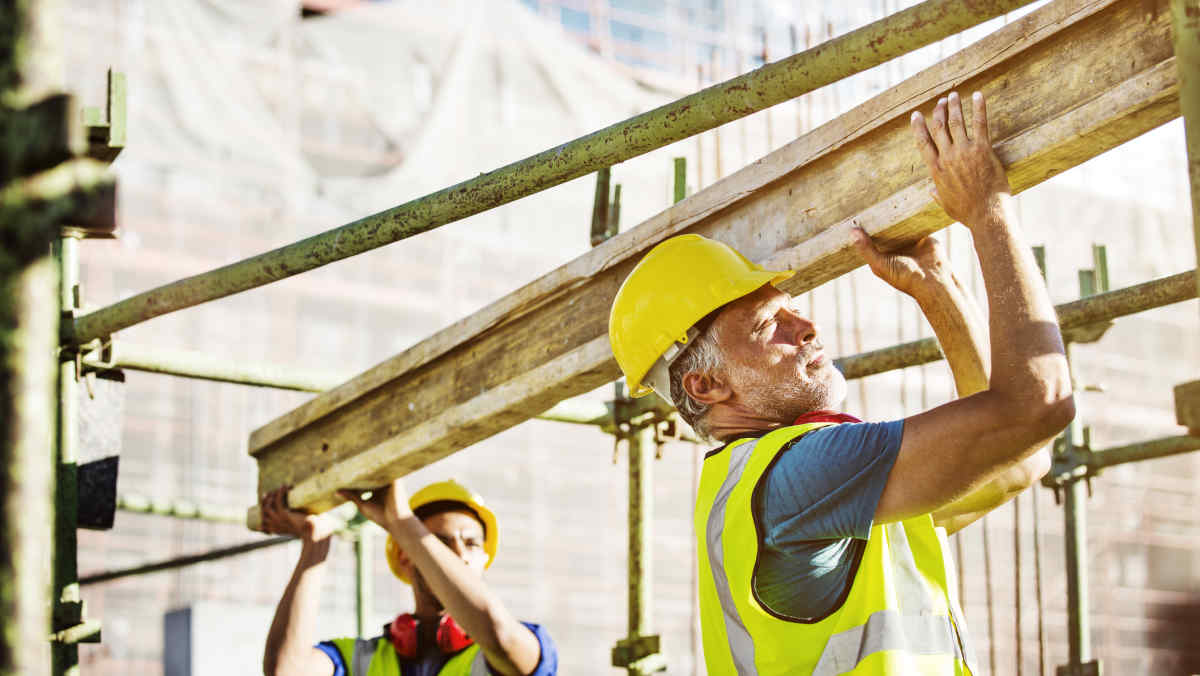
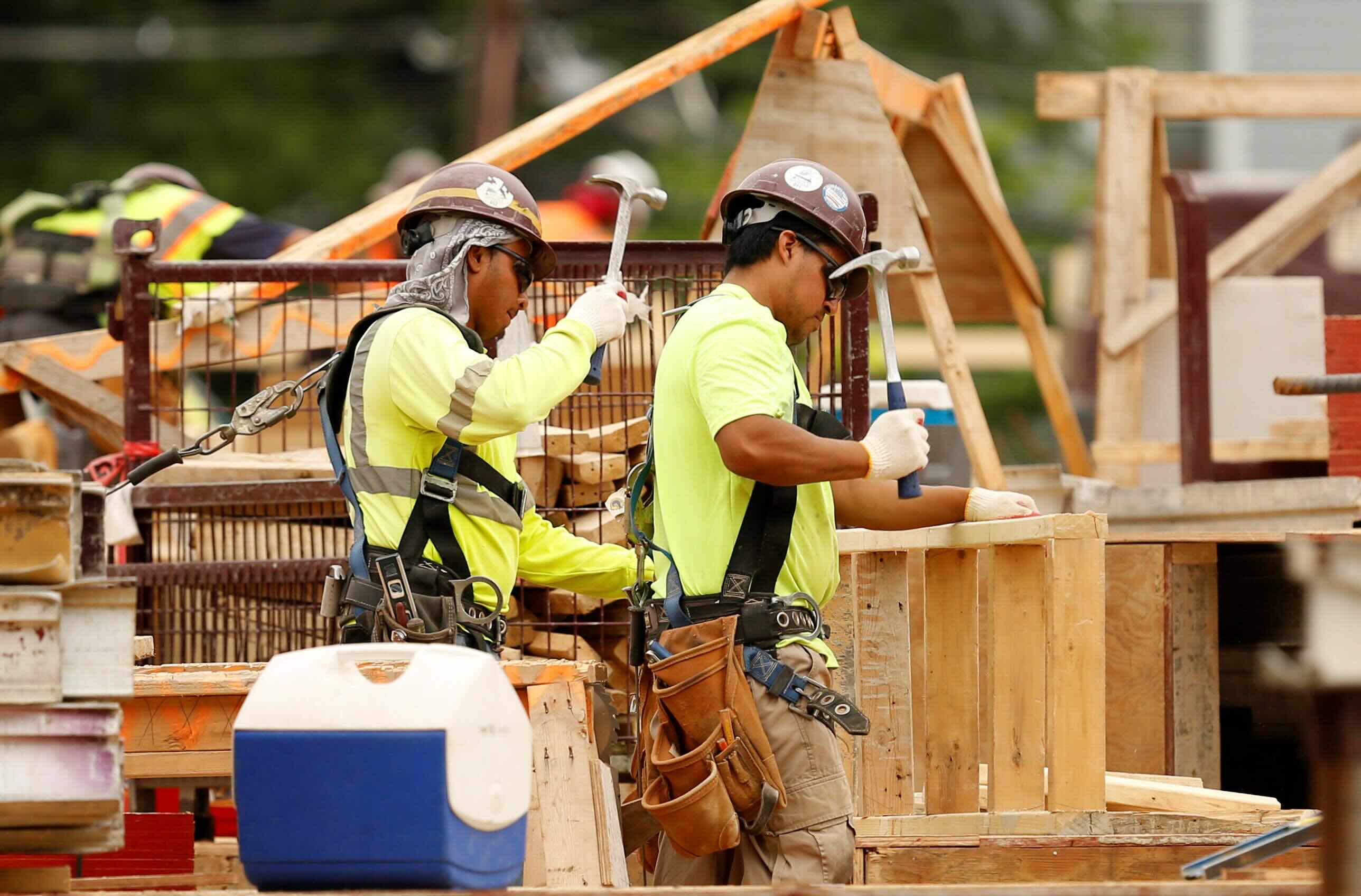
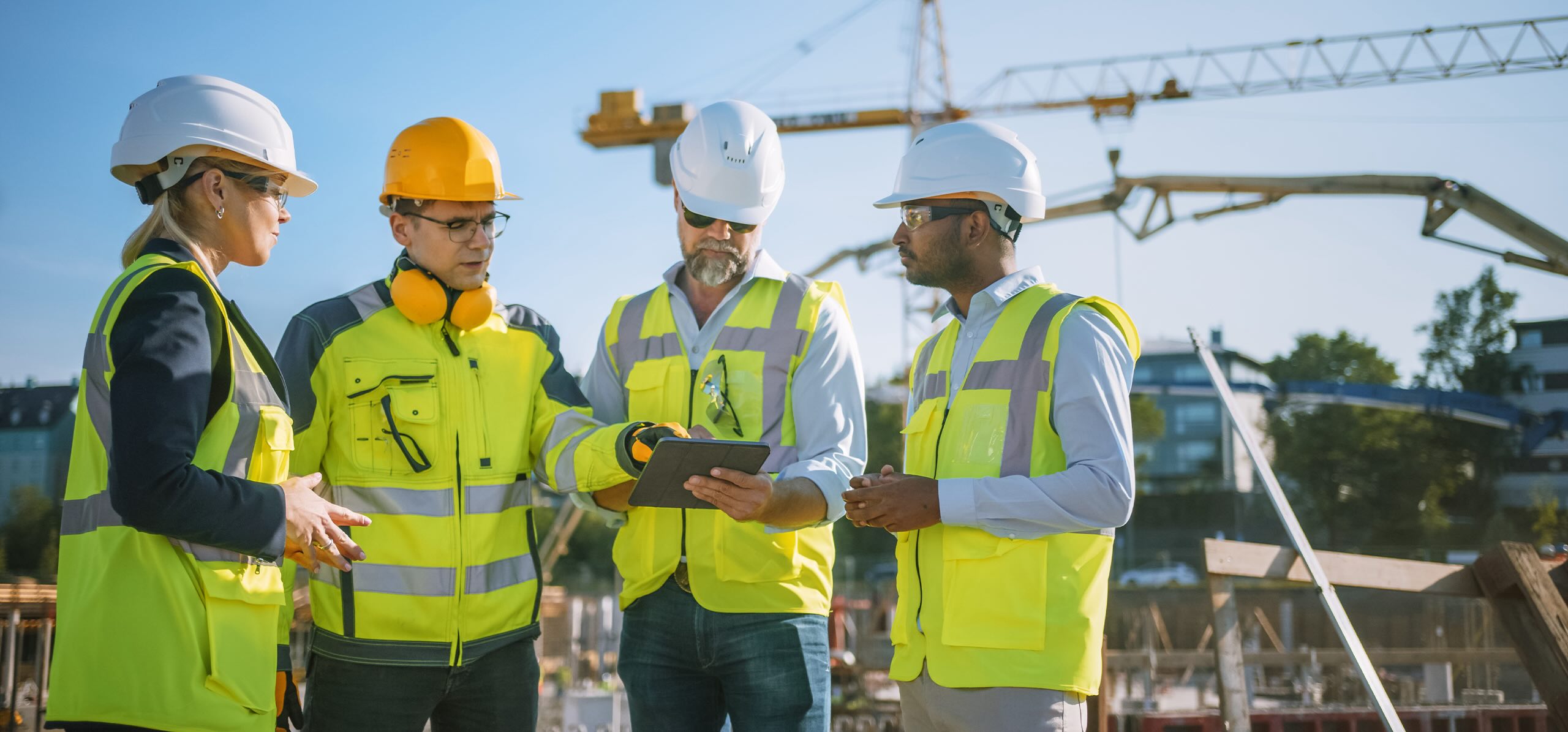

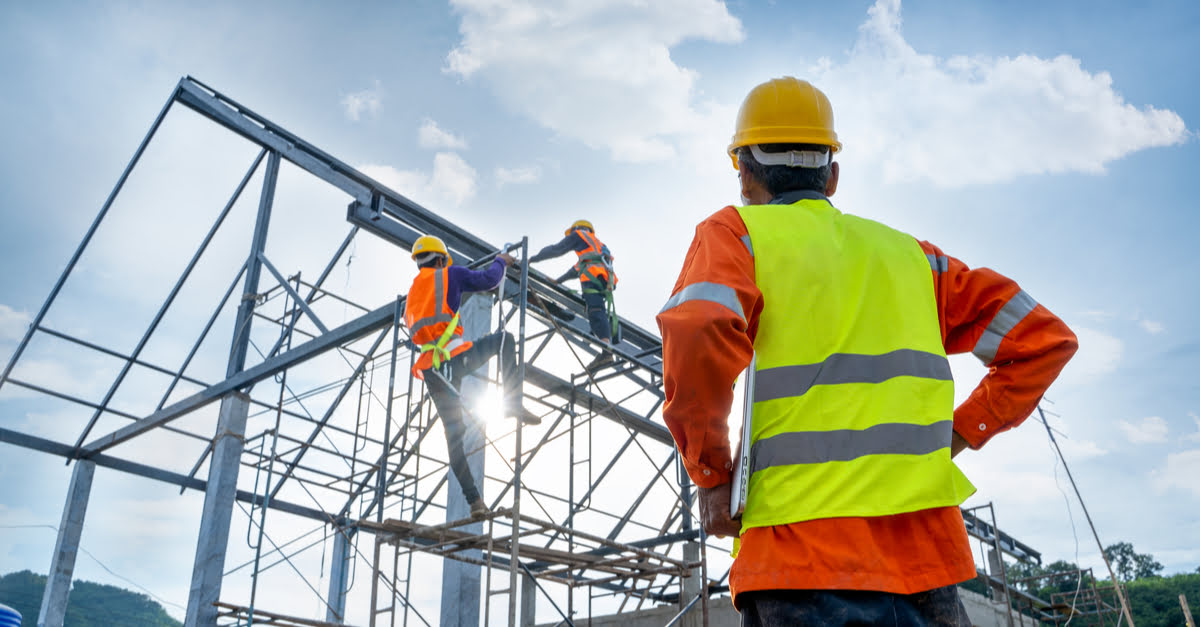

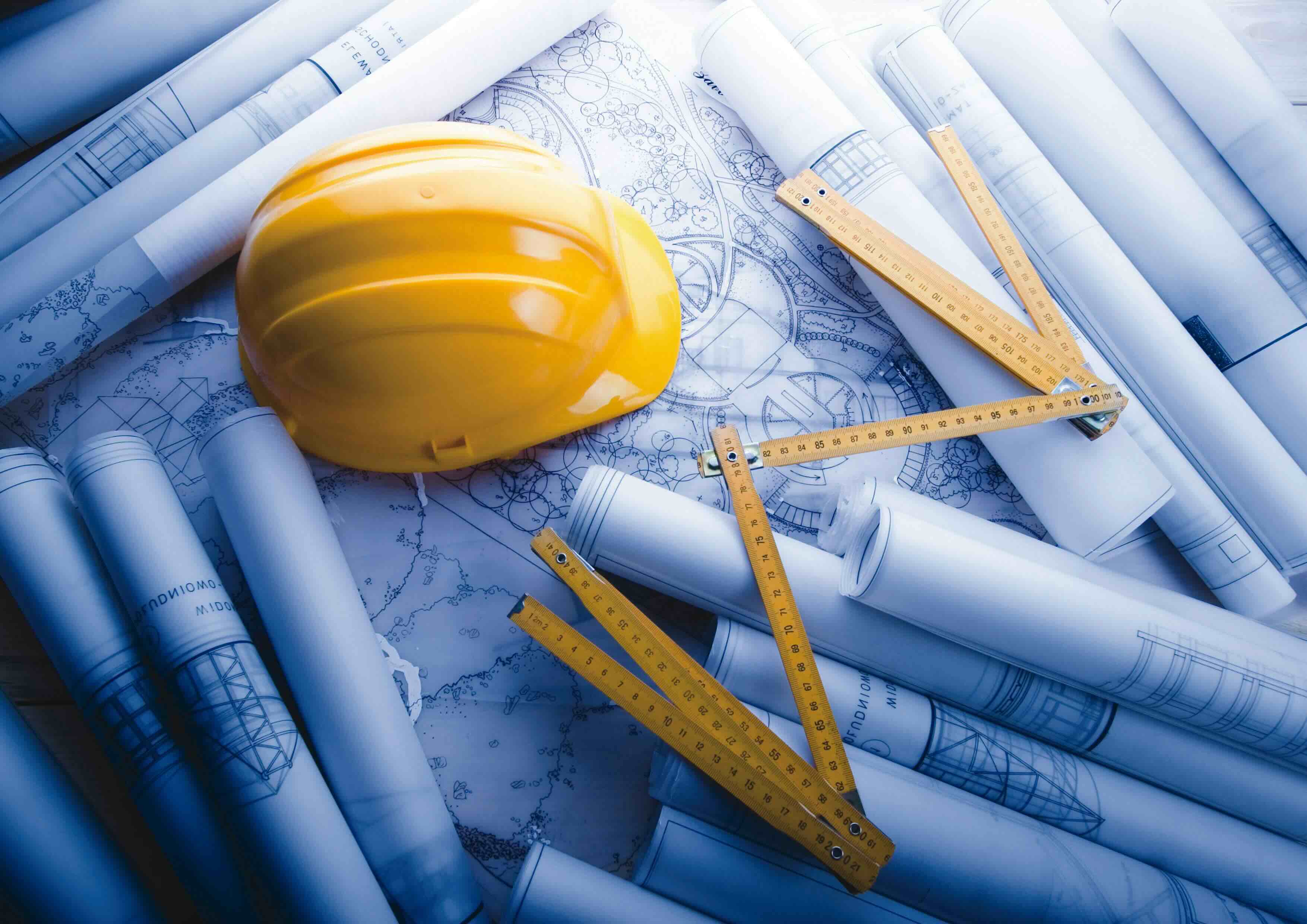


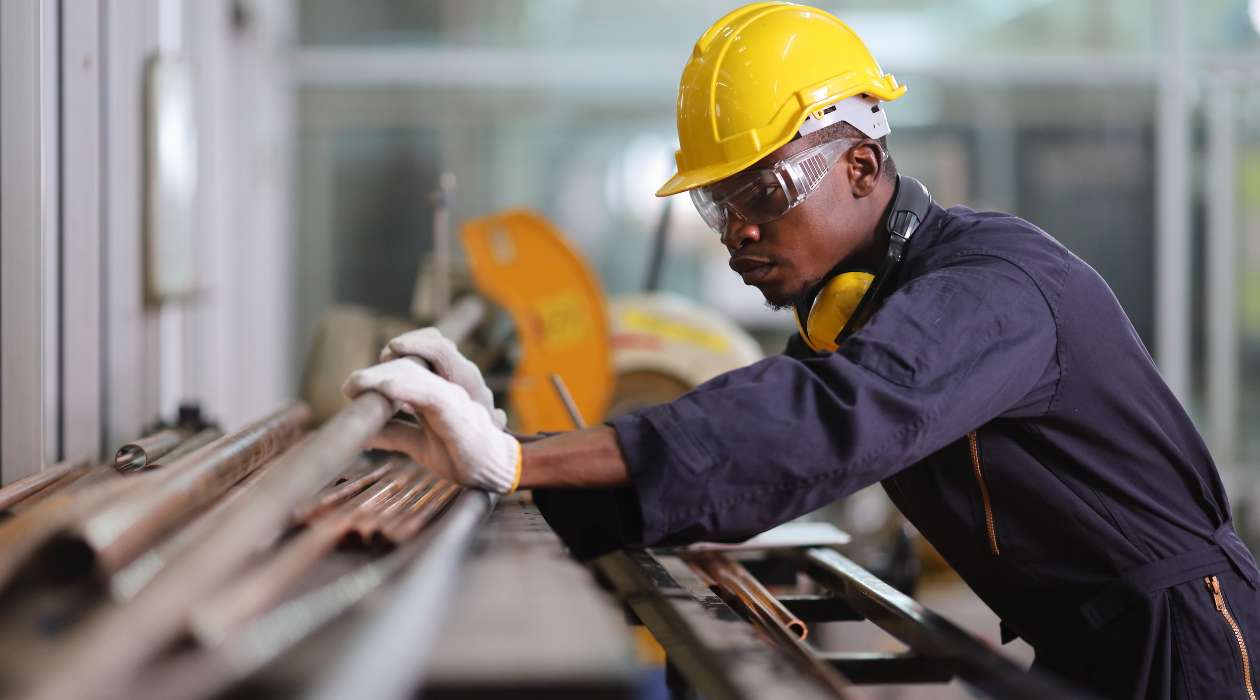
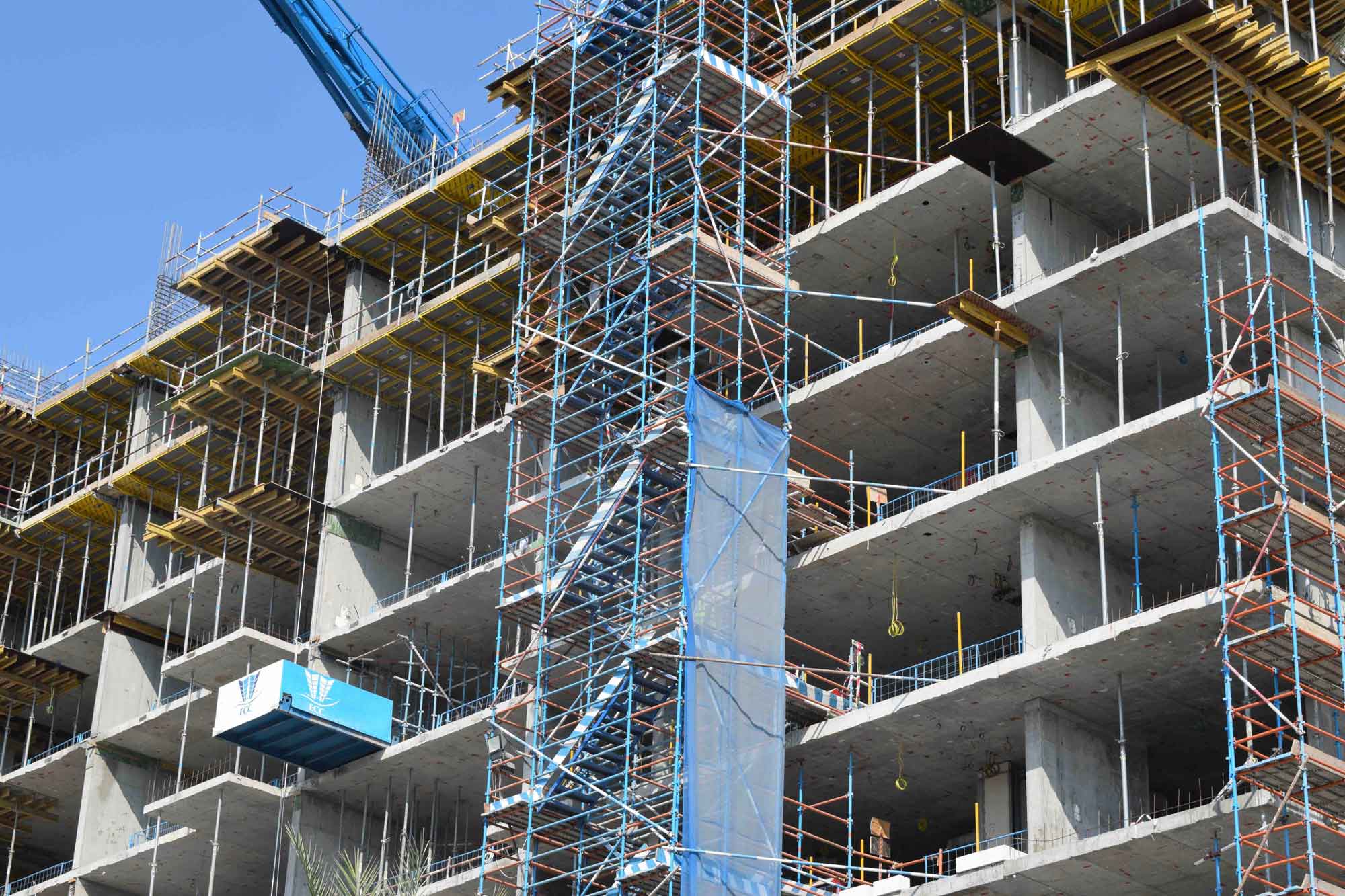



0 thoughts on “How Has Technology Made The Construction Industry More Efficient?”